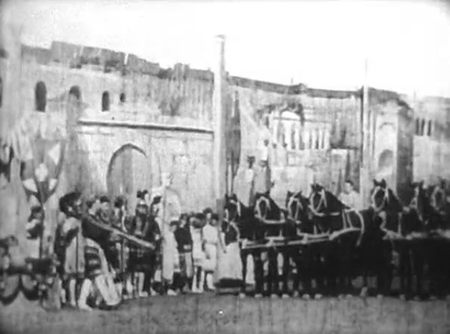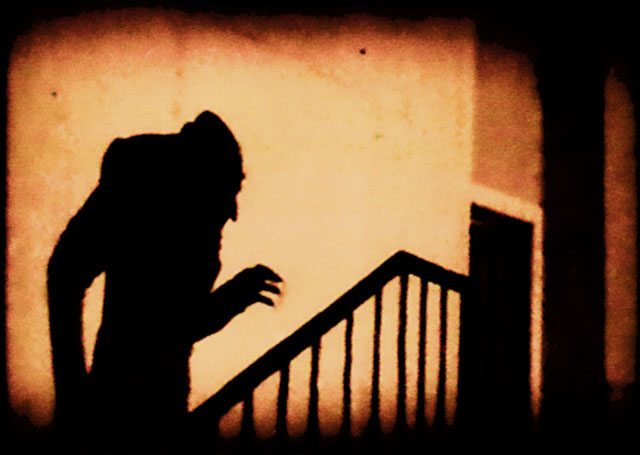In the days of silent film, copyright law was a gray area. Directors and scenario writers would often create films that were based on a beloved play or novel without realizing that, in doing so, they were infringing on the author’s copyright. It was only after film became widely recognized as a legitimate industry that the process of purchasing the rights was established. As a result, in the early days studios often found themselves faced with lawsuits from authors’ estates.
One of the first productions to encounter such copyright issues was an early one-reel adaptation of “Ben-Hur.” Created in 1907 by American film company Kalem Studios, the film was only 15 minutes long and thus only tackled a small amount of the events covered in the novel, including the legendary chariot race. The author of “Ben-Hur,” Lew Wallace, has been dead for two years and, as was common in those days, the film was made without first getting permission from Wallace’s estate.
Gene Gauntier (whom we talked about in a previous post) starred in and wrote the screenplay for the film, making her one of the main targets when the copyright suit went to court. The novel’s publishers, Harper & Brothers and the Wallace estate brought a suit against Kalem Studios, the Motion Picture Patents Company and Gauntier herself for copyright infringement. It ultimately made its way to the U.S. Supreme Court which ultimately ruled against the film company in 1911. It was this case that established the precedent that film companies must acquire the rights of a published work still under copyright before a screenplay can be commissioned. Of course, this didn’t stop studios from producing films heavily based on works that they didn’t have the rights to. The classic German expressionist horror film “Nosferatu” is a classic example of this alternate, yet still illegal, approach.
“Nosferatu” was the first and only film to be made by the Prana Film company. Shot in Germany in 1921 and directed by F.W. Murnau, the film borrowed heavily from Bram Stoker’s classic novel “Dracula,” but was made without the permission of the Stoker estate. In an attempt to avoid a lawsuit, the names of the characters were changed along with certain plot points. Some plot points and characters were dropped all together. Because many similarities remained, however, Stoker’s widow, Florence, brought a suit against Prana which Prana lost. The company, as a result, went out of business and all known copies of the film were destroyed. Fortunately, years later, a pirated copy surfaced outside of the country which was then copied. Although Universal eventually acquired the rights to “Dracula” and turned it into a sound film featuring Bela Lugosi, “Nosferatu” remains the most influential vampire film, and one of the most influential horror films of all time
Are you new to our silent film series? Check out previous installments here.
Want to dive deeper into the world of silent film? Keep up with my posts over on Curtains or on Chicago Nitrate.

